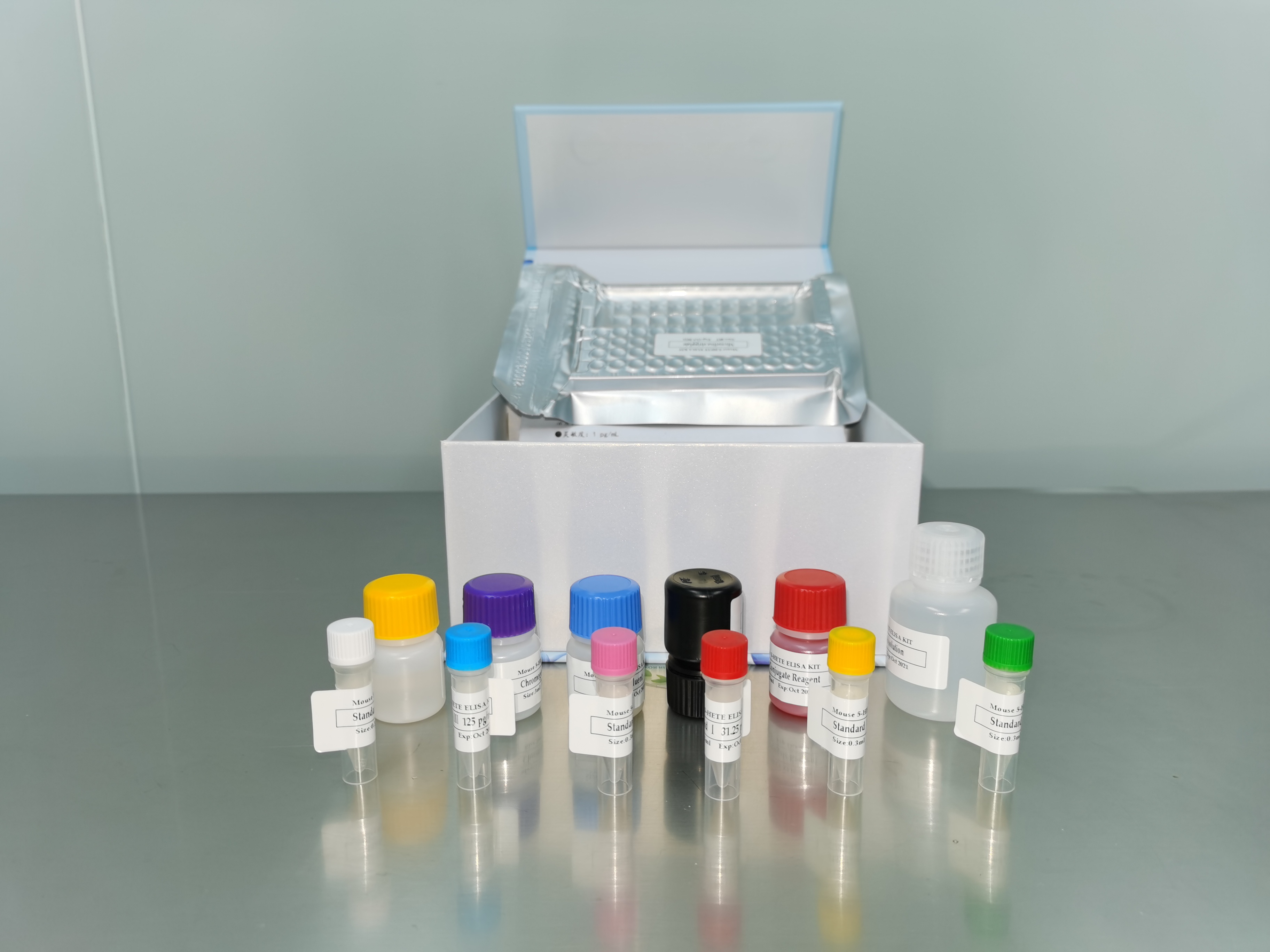| 产品名称: | TIME |
|---|---|
| 商品货号: | TS132762 |
| Organism: | Homo sapiens, human |
| Tissue: | Foreskin; Dermal microvascular endothelium |
| Cell Type: | Endothelial cells immortalized with hTERT |
| Product Format: | frozen |
| Morphology: | Endothelial-like |
| Culture Properties: | Adherent |
| Biosafety Level: | 2 Cells contain EMCV viral DNA sequences
Biosafety classification is based on U.S. Public Health Service Guidelines, it is the responsibility of the customer to ensure that their facilities comply with biosafety regulations for their own country. |
| Disease: | Normal |
| Age: | Neonatal |
| Gender: | Male |
| Applications: | The cells represent an effective cell model for studying endothelial cell biology including signal transduction and angiogenesis. |
| Storage Conditions: | Liquid nitrogen vapor phase |
| Karyotype: | This is a diploid cell line of male origin with a modal chromosome number of 46 and a low rate of polyploidy. The line shows some karyotypic instability at later passages. |
| Images: |  |
| Derivation: | The telomerase-immortalized human microvascular endothelium cell line, TIME, was derived from a primary culture of neonatal foreskin microvascular endothelial cells (HMVEC) of the dermis.xa0 The primary HMVECs were immortalized by infection with the retrovirus WZLblast3:hTERT and cultured in complete growth medium containing blasticidin.xa0 |
| Antigen Expression: | Positive for integrin alpha v beta 3xa0Ref  Venetsanakos E, et al. Induction of tubulogenesis in telomerase-immortalized human microvascular endothelial cells by glioblastoma cells. Exp. Cell Res. 273(1):21-33, 2002. PubMed: 11795943xa0and CD31 (flow cytometry)xa0Ref Venetsanakos E, et al. Induction of tubulogenesis in telomerase-immortalized human microvascular endothelial cells by glioblastoma cells. Exp. Cell Res. 273(1):21-33, 2002. PubMed: 11795943xa0and CD31 (flow cytometry)xa0Ref  Venetsanakos E, et al. Induction of tubulogenesis in telomerase-immortalized human microvascular endothelial cells by glioblastoma cells. Exp. Cell Res. 273(1):21-33, 2002. PubMed: 11795943 Venetsanakos E, et al. Induction of tubulogenesis in telomerase-immortalized human microvascular endothelial cells by glioblastoma cells. Exp. Cell Res. 273(1):21-33, 2002. PubMed: 11795943
|
| Receptor Expression: | The cells express the low density lipoprotein (LDL) receptor and are capable of acetylated LDL uptake.xa0Ref  Venetsanakos E, et al. Induction of tubulogenesis in telomerase-immortalized human microvascular endothelial cells by glioblastoma cells. Exp. Cell Res. 273(1):21-33, 2002. PubMed: 11795943 Venetsanakos E, et al. Induction of tubulogenesis in telomerase-immortalized human microvascular endothelial cells by glioblastoma cells. Exp. Cell Res. 273(1):21-33, 2002. PubMed: 11795943 |
| Comments: | The immortalized cells do not undergo growth arrest in culture due to the exogenous hTERT expression. When plated on Matrigel, TIME cells undergo tubule formation exhibiting capillary-like structures. |
| Complete Growth Medium: | The base medium for this cell line is Vascular Cell Basal Medium (ATCC® PCS-100-030), supplemented with Microvascular Endothelial Cell Growth Kit-VEGF (ATCC® PCS-110-041) and 12.5 μg/mL blasticidine.xa0 |
| Subculturing: | Volumes used in this protocol are for 75xa0cm2 flasks; proportionally reduce or increase amount of dissociation medium for culture vessels of other sizes.
Medium renewal: Every 2 to 3 daysxa0 Note:xa0For more information on enzymatic dissociation and subculturing of cell lines consult Chapter 13 in Culture of Animal Cells: A Manual of Basic Technique by R. Ian Freshney. |
| Cryopreservation: | Fetal bovine serum, 90% (v/v); DMSO, 10% (v/v).xa0Cell culture tested DMSO is available as ATCC Catalog No. 4-X.
|
| Culture Conditions: | Temperature: 37°C Atmosphere: Air, 95%; Carbon dioxide (CO2), 5% |
| STR Profile: | D5S818: 11 D13S317: 9, 11 D7S820: 8, 9 D16S539: 9, 12 vWA: 16, 18 THO1: 6, 7 TPOX: 8 CSF1PO: 11, 12 Amelogenin: XY |
| Population Doubling Level (PDL): | As part of our quality control, we have tested this cell line for its ability to grow for a minimum of 15 population doublings after recovery from cryopreservation. We have also compared its karyotype, telomerase expression level, growth rate, morphology and tissue-specific markers when first recovered from cryopreservation with that of cells at 10+ population doublings to ensure that there is no change in these parameters and that the cells are capable of extended proliferation. |
| Name of Depositor: | M McMahon |
| Year of Origin: | June 2001 |
| References: | Venetsanakos E, et al. Induction of tubulogenesis in telomerase-immortalized human microvascular endothelial cells by glioblastoma cells. Exp. Cell Res. 273(1):21-33, 2002. PubMed: 11795943 Lagunoff M, et al. De novo infection and serial transmission of Kaposis sarcoma-associated herpesvirus in cultured endothelial cells. J. Virol. 76(5):2440-2448, 2002. PubMed: 11836422 Yi X, et al. Both transcriptional and posttranscriptional mechanisms regulate human telomerase template RNA levels. Mol. Cell. Biol. 19(6): 3989-3997, 1999. PubMed: 10330139 Bodnar AG, et al. Extension of life-span by introduction of telomerase into normal human cells. Science 279: 349-352, 1998. PubMed: 9454332 Caputo JL. Biosafety procedures in cell culture. J. Tissue Culture Methods 11:223-227, 1988 Freshney RI. Culture of Animal Cells: A Manual of Basic Technique, 4th edition. New York: Wiley Liss; 2000. For more information on enzymatic dissociation and subculturing of cell lines see Chapter 10. |


